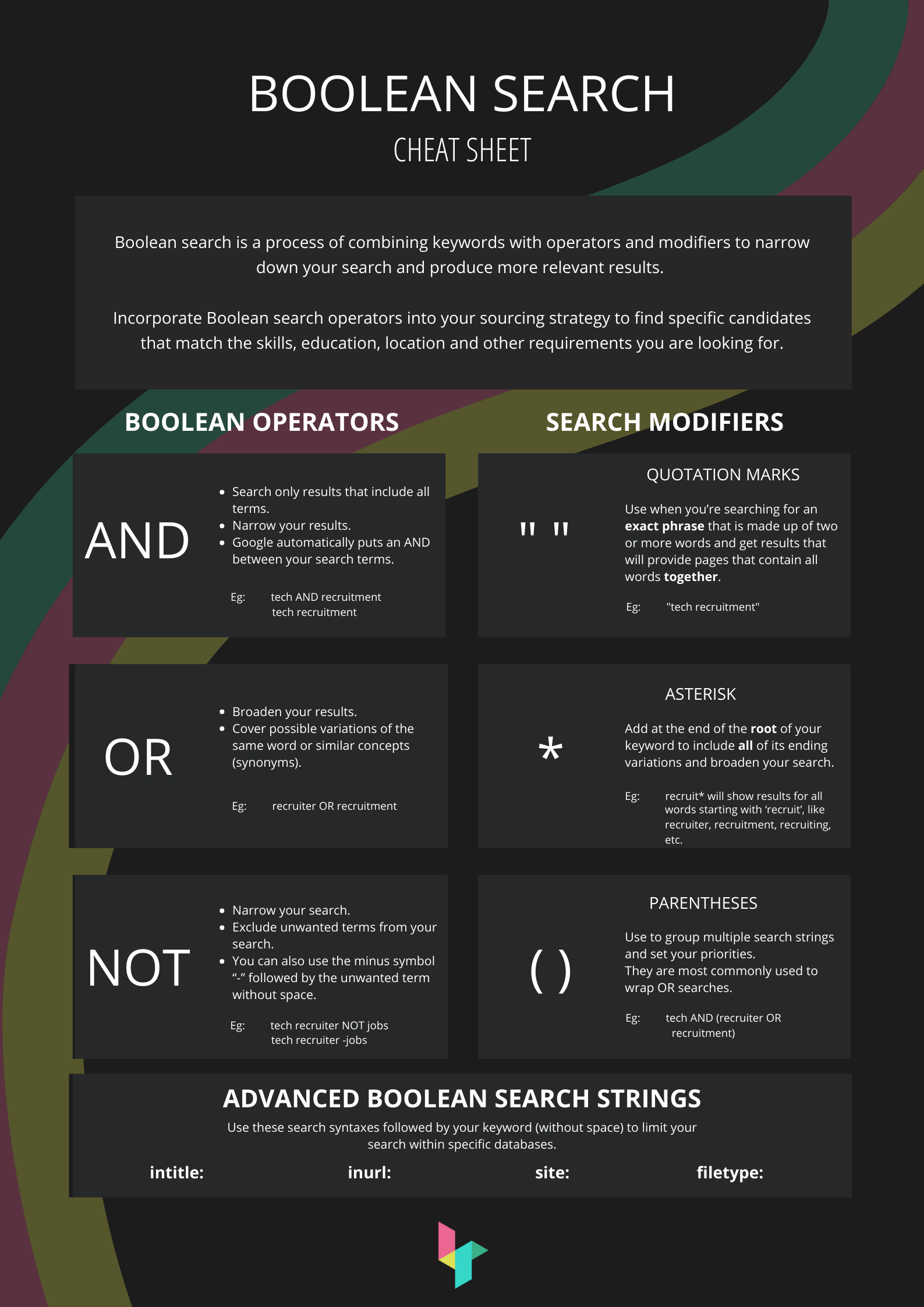

For example:Ĭat* will also retrieve cataclysm, catacomb, catalepsy, catalog, etc. Truncating after too few letters will retrieve terms that are not relevant. Check the database help screen to find the correct truncation symbol. In general, most of the Library's databases use the asterisk ( *) however, the exclamation point ( !) is used in LexisNexis. Databases and Internet search engines use different symbols to truncate.For example,īank* will retrieve: bank or banks or banking or banker or bankruptcy, etc. Using truncation will broaden your search.Most databases allow for a symbol to be used at the end of a word to retrieve variant endings of that word.Warning: Some databases use "and not" instead of "not." Check the database help screen. Therefore, use "not" in front of a term to ensure that the search will not include that term. Not eliminates records that contain a search term.

Therefore, use "and" in between terms that are required to make the search specific. Therefore, use "or" in between terms that have the same meaning (synonyms) or equal value to the search.Īnd retrieves records that contain all of the search terms. Or retrieves records that contain any of the search terms. It is helpful to diagram the effects of these operators: Boolean operators are also called logical operators or connectors. Jump to: Boolean | Truncation | Wild Cards Boolean Operatorsīoolean operators are words (or, and, not) used to connect search terms to expand (or) or narrow (and, not) a search within a database to locate relevant information.


 0 kommentar(er)
0 kommentar(er)
